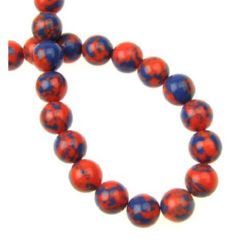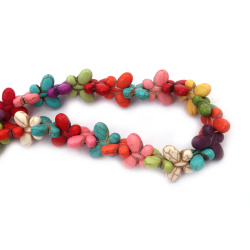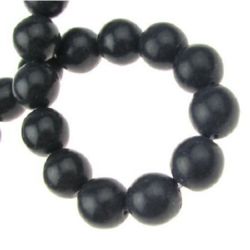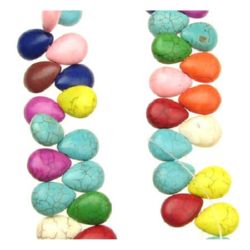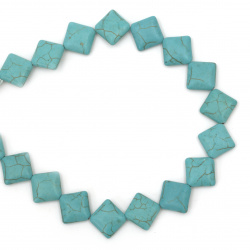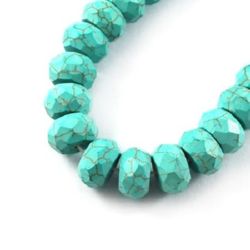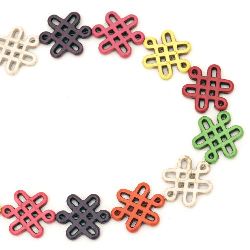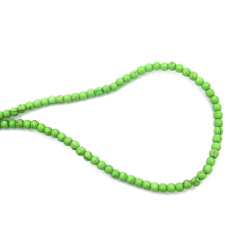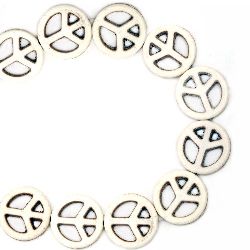Product description
A strand of beads made from synthetic semi-precious stone turquoise in the shape of the peace sign
Shopping for precious and semi-precious stones is no longer a simple task. Buyers face a plethora of materials that did not exist before. Accidental discoveries in ancient times reveal that "treating" gemstones can improve their appearance and properties. Today, methods for manipulating and imitating gemstones are becoming increasingly complex. Crystals that duplicate the chemistry, structure, and properties of those found in nature are being cultivated. Natural origin is no longer "assumed." Laboratories and factories around the world are a source of an astonishing number of materials sold in the gemstone sphere. These artificial and processed materials offer a wide range of products and prices on the market. Jewelry buyers now have far more options but need some basic knowledge to make their choice. The term "synthetic" refers to man-made products whose chemical and physical properties overlap with the properties of the natural product they replicate. As for the metaphysical properties of synthetic materials, this is an open discussion. But we know that everything is energy, everything carries its charge and impact. No one needs to tell us; we can feel this impact ourselves. Isn’t color enough to change someone’s aura or mood? Any stone that attracts you is your stone, the right stone for your creation, the exact expression of your creative inspiration.
The symbolism of the sign - We usually associate this symbol with the hippie movement that emerged in the 1960s as a result of contrasting love against war. The sign was created by Gerald Holtom, with its main purpose being to proclaim to the world a hidden phrase – "British nuclear disarmament." The symbol remained popular through the decades, and its creator never defended his copyright. To this day, it is known as a symbol of peace and nuclear disarmament, adopted by the hippies as their emblem.
The product has not been rated.

